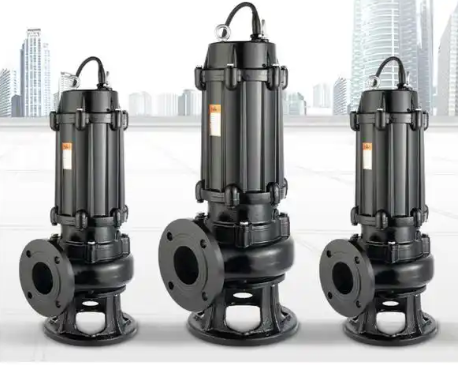Installation and adjustment of sewage pump auxiliary equipment
The installation and adjustment of sewage pump auxiliary equipment is a key link to ensure the efficient and stable operation of the sewage pump system. The following is a detailed description of this process:
1. Preparation before installation
Technical data preparation:
Collect and organize technical data such as the pump's construction instructions, plan location map, facility foundation map, and installation construction drawings.
Check the pump's instruction manual to understand the pump's specifications, models, performance parameters, and installation requirements.
Equipment inspection:
Check the integrity of the pump and its parts to ensure that there is no damage or rust.
Count the tools, accessories, and auxiliary materials that come with the machine to ensure that they are complete.
Foundation inspection and cleaning:
Check the concrete strength, coordinates, dimensions, elevation, etc. of the pump foundation to ensure that they meet the design requirements.
Clean up the debris in the reserved holes for the pump's anchor bolts and chisel the surface of the concrete foundation.
2. Installation steps
Positioning and leveling:
Determine the installation position and elevation of the pump according to the design drawings.
Use a level and measuring tools to ensure that the pump base is level and the level is not greater than the specified value.
Pipeline connection:
The suction and output pipes should have their own brackets to prevent the water pump from directly bearing the weight of the pipe.
When connecting the pipe to the water pump, ensure that the flange surface is straight, the connection is tight, and there is no leakage.
Avoid welding and gas cutting on the pipe. If necessary, take necessary measures to prevent welding slag from entering the water pump.
Cable and electrical connection:
Ensure that the cable is installed neatly, firmly, and of appropriate length.
Check whether the power supply voltage matches the rated voltage of the water pump, and ensure that the power supply is safely grounded.
Safety protection:
Equip the water pump and its auxiliary equipment with necessary safety protection devices, such as safety valves, pressure gauges, etc.
Ensure that the safety protection devices are intact and effective.
3. Adjustment and debugging
Lubrication and sealing:
Check the bearings and seals of the water pump to ensure that sufficient lubricating oil is added.
Check the integrity of the seals to avoid leakage.
Inspection before trial operation:
Confirm that the pipeline is clean and unblocked.
Check the inlet pressure and liquid level of the water pump to ensure that they are within the normal range.
Startup and trial operation:
Start the water pump according to the operation manual of the water pump, and observe whether the water pump rotates smoothly and without abnormal sounds.
Record the vibration, noise, current, voltage and other parameters of the water pump to ensure that they are within the normal range.
Check the outlet pressure and flow of the water pump to see if they meet the design requirements.
Optimization and adjustment:
According to the test results, adjust the operating parameters of the water pump, such as speed, flow, etc.
Optimize the efficiency of the water pump and reduce energy consumption.
Safety supervision and emergency handling:
Assign a dedicated person to be responsible for safety supervision to ensure that safety measures during the commissioning process are effectively implemented.
Emergency handling training is provided to the commissioning personnel to ensure that they master emergency handling measures for emergencies.
4. Work after installation and adjustment
Equipment cleaning and maintenance:
Wipe the surface of the equipment with a clean damp cloth to remove dust and debris.
Disassemble the equipment casing and clean the internal pipes, impellers and other components to ensure that there is no blockage and residue.
Record and report:
Record the installation and adjustment process, problems and solutions in detail.
Write an installation and adjustment report to provide a reference for subsequent work.
Safety protection and inspection:
Check whether the equipment has sufficient lubricating oil. If insufficient, it should be replenished in time.
Check whether the equipment safety protection device is intact and effective.





